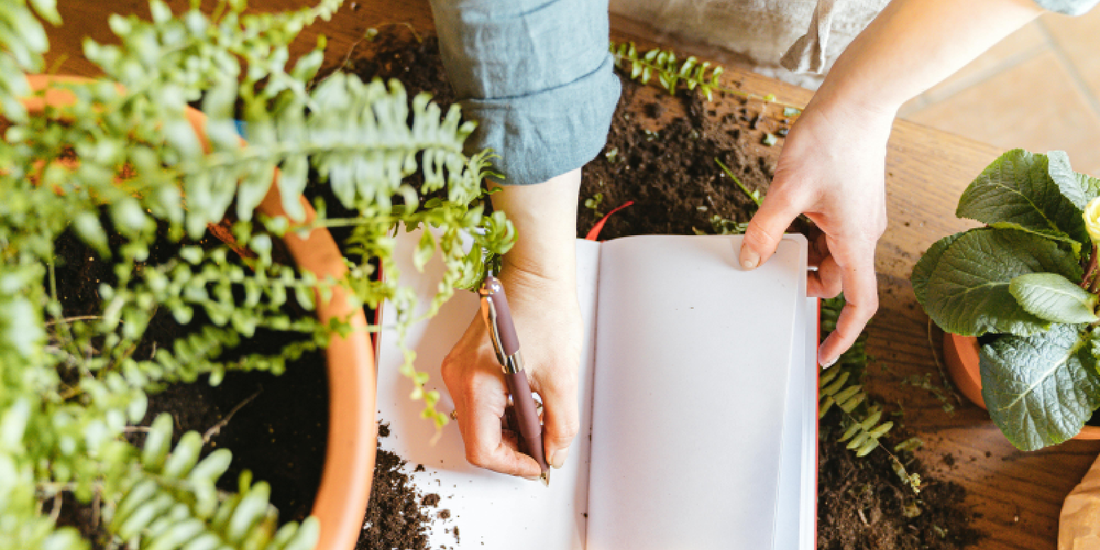
How to Automate Grow Light Usage
Share
When most people think about light, they think in terms of brightness, lumens, or wattage. These are useful for human eyes, but for plants, light is food—and not all light is equal. What really matters for plant growth is PAR (Photosynthetically Active Radiation).
In this guide, we’ll explore what PAR means, how it is measured, and why it is essential for indoor gardening success. By the end, you’ll understand how to interpret light quality, intensity, and duration for your plants, and how this science translates into practical growing setups.
1. What Is PAR?
PAR stands for Photosynthetically Active Radiation, the spectrum of light wavelengths from 400 to 700 nanometers. This range includes violet, blue, green, yellow, orange, and red light—the part of sunlight plants can use for photosynthesis.
- Blue Light (400–500 nm): Encourages root growth, compact leaves, and strong stems.
- Green Light (500–600 nm): Less absorbed but penetrates deeper into plant canopies, ensuring lower leaves still receive energy.
- Red Light (600–700 nm): Promotes flowering, fruiting, and stem elongation.
Unlike lumens (which measure brightness as perceived by human eyes), PAR tells us how much usable light plants receive.
2. Why PAR Matters More Than Lumens or Watts
A common misconception is that a bright lamp equals healthy plants. In reality:
- Lumens measure human brightness perception. Plants do not see light the way we do.
- Wattage indicates power use, not light quality. A high-watt bulb can waste energy in non-useful wavelengths.
- PAR focuses only on usable wavelengths. It shows which parts of the spectrum contribute directly to photosynthesis.
That’s why a regular household bulb, even if very bright, may not help your plants much.
3. Measuring PAR: PPFD and DLI
Two important metrics help growers understand PAR in practice:
- PPFD (Photosynthetic Photon Flux Density): Measures the number of light photons hitting a square meter per second (μmol/m²/s). It tells us the instant intensity of usable light at the plant’s surface.
- DLI (Daily Light Integral): Adds up PPFD over a full day to calculate total light received (mol/m²/day). Different plants have different DLI requirements:
- Leafy greens: 12–17 mol/m²/day
- Tomatoes and peppers: 20–30 mol/m²/day
- Orchids and houseplants: 6–12 mol/m²/day
These numbers help growers design lighting schedules that match each plant’s needs.
4. Common Misconceptions About Plant Lighting
- Myth 1: More light always means better growth. Too much PAR can stress plants, causing bleaching or slowed development.
- Myth 2: Any bulb will work. Standard bulbs focus on human vision, not photosynthesis.
- Myth 3: Only red and blue matter. While important, full-spectrum light (including green) ensures balanced growth across leaves and stems.
5. How Indoor Gardeners Can Optimize PAR
Several practical factors affect how plants use PAR indoors:
- Light Distance: Moving a lamp closer increases PPFD but risks heat stress. Adjustable shelving helps maintain the ideal gap.
- Lighting Duration: Most indoor plants thrive with 12–16 hours of light per day.
- Even Distribution: Multi-level plant stands need consistent PAR across all tiers to prevent uneven growth.
Understanding these factors lets growers create controlled, efficient growing environments.
6. Plant Growth Stages and Light Needs
Different stages of plant life demand different PAR balances:
- Seedlings: Require gentle blue light for compact development.
- Vegetative Growth: Higher PPFD with a mix of blue and red light ensures leafy expansion.
- Flowering and Fruiting: Strong red light enhances blooms and fruit set.
- Maintenance (Houseplants): Moderate, evenly distributed PAR prevents legginess indoors.
Matching PAR values to plant stages improves yield and overall health.
7. Simple Tools for Monitoring PAR
Professional growers use quantum sensors and PAR meters to measure PPFD. For home growers, simpler options exist:
- Affordable PAR meters for spot-checking intensity.
- Mobile apps with external sensors to approximate PPFD.
- Manufacturer specifications from grow light packaging.
Even without professional tools, growers can estimate effective PAR by observing plant responses—leggy stems signal too little light, while yellowing or bleached leaves may indicate excess intensity.
8. Practical Tips for Maximizing PAR Efficiency
- Position lamps 12–18 inches above plants.
- Rotate plants weekly for even coverage.
- Use reflective surfaces to reduce wasted light.
- Match lamp spectrum to plant stage.
With careful placement and timing, even compact indoor gardens can achieve high efficiency in light use.
9. The Role of Specialized Plant Shelves
While ordinary lamps provide some PAR, modern indoor gardening solutions integrate full-spectrum grow lights directly into shelving systems. This ensures consistent, optimized PAR delivery across multiple tiers.
For example, the amoyls VerdantGlow S-Shaped 8-Tier Plant Shelf with Grow Lights offers:
- Tiered design that distributes light evenly.
- Space-saving setup for small apartments and indoor gardeners.
This kind of system allows beginners to benefit from PAR science without needing complex equipment.
Conclusion: Turning PAR Knowledge Into Plant Success
PAR values represent the bridge between light and plant growth. By focusing on usable wavelengths instead of just brightness, growers can provide their plants with the exact conditions they need.
Even if you’re starting with ordinary lights, understanding PAR helps you adjust placement, duration, and spectrum for healthier plants. And for those who want a simple, optimized solution, products like the amoyls VerdantGlow S-Shaped 8-Tier Plant Shelf with Grow Lights make it easy to achieve professional-level results at home.
